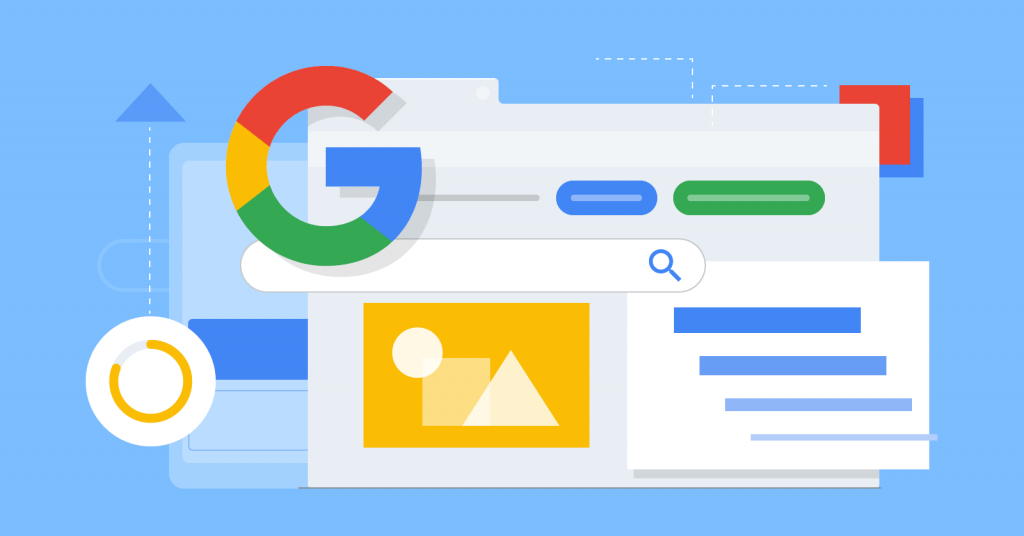
Essential factors affecting On-Page Optimization Techniques include keyword optimization, high-quality and relevant content, authoritative backlinks, positive user experience, technical optimization, mobile-friendliness, social signals, and local SEO considerations.
1) On-Page Optimization Factors Affecting On-Page Optimization
- Keyword Usage: Strategic placement and optimization of keywords throughout the content, meta tags, headings, and URLs.
- Content Quality: High-quality, unique, and relevant content that engages users and provides value.
- Title Tags and Meta Descriptions: Well-crafted titles and meta descriptions accurately describe the page’s content.
- URL Structure: Descriptive and user-friendly URLs that include relevant keywords.
- Internal Linking: Appropriate linking between pages within the website to improve navigation and distribute authority.
2) Off-Page Optimization Factors Affecting On-Page Optimization
- Backlinks: Quality and quantity of backlinks from authoritative and relevant websites.
- Social Signals: Engagement and mentions on social media platforms indicating popularity and credibility.
- Online Reputation: Positive online reviews and brand mentions that build trust and credibility.
- Brand Mentions: Unlinked mentions of the brand across the web, indicating authority and popularity.
- Guest Blogging and Influencer Outreach: Collaborating with influencers and guest blogging to gain exposure and backlinks.
3) Technical SEO Factors Affecting On-Page Optimization
- Website Speed: Fast-loading pages that enhance user experience and reduce bounce rates.
- Mobile Friendliness: Responsive design and mobile optimization to cater to mobile users.
- Site Architecture: Well-structured website with organized navigation and proper hierarchy.
- XML Sitemaps: Creating and submitting XML sitemaps to search engines for better crawlability.
- SSL Certificate: Providing a secure browsing experience with HTTPS encryption.
4) User Experience Factors Affecting On-Page Optimization
- Page Load Time: Quick loading speed to minimize user frustration and improve engagement.
- Mobile User Experience: Mobile-friendly design and responsive pages for seamless browsing.
- Readability and Formatting: Easy-to-read content with clear headings, bullet points, and proper formatting.
- Low Bounce Rate: Engaging content and intuitive navigation to keep visitors on the website.
- Dwell Time and Click-Through Rate: Higher dwell time and CTR indicate user satisfaction and relevance.
5) Content Factors
- Relevance and Freshness: Content that matches user search intent and is up-to-date.
- Multimedia Content: Engaging visual and multimedia elements, such as images and videos.
- Length and Depth: Comprehensive and in-depth content that provides valuable information.
- Originality: Unique and original content that adds value and stands out from competitors.
- User Engagement: Content encouraging user interaction, such as comments and social shares.
6) Social Signals
- Social Media Presence: Active presence and engagement on social media platforms.
- Social Shares: Content that gets shared and distributed across social networks.
- Social Following: Size and engagement of the social media following.
- Brand Mentions and Sentiment: Social media mentions and sentiment analysis indicating brand awareness and reputation.
- Social Bookmarking: Content bookmarking and sharing on platforms like Reddit and Pinterest.
7) Local Factors Affecting On-Page Optimization (for location-based businesses)
- Google My Business: Optimized Google My Business profile with accurate information and positive reviews.
- Local Citations: Consistent and accurate NAP (Name, Address, Phone Number) across online directories.
- Local Content and Keywords: Targeting location-specific keywords in content and meta tags.
- Online Reviews: Positive reviews on platforms like Google, Yelp, and industry-specific directories.
- Local Link Building: Earning backlinks from local websites and directories.
8) User Intent and RankBrain Affecting On-Page Optimization
- Understanding Search Intent: Optimizing content to match user search intent (informational, navigational, transactional).
- RankBrain Algorithm: Google’s AI system interprets user queries and adjusts search results accordingly.
- Click-Through Rates: High CTR indicates content